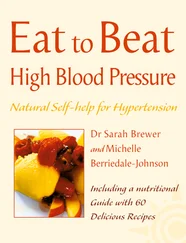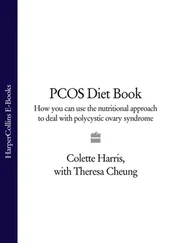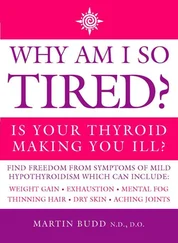Often a two to three hour GTT is requested by doctors and hospitals, but although this shortened test maybe sufficient for a diagnosis of diabetes, it is virtually valueless as a means of establishing a diagnosis of low blood sugar. The important evidence of low blood sugar can often only occur after more than two hours.
The six-hour GTT test is a far more appropriate method of diagnosing low blood sugar. However, in my opinion it is only a valid diagnostic tool if the following conditions are met:
1It is combined with a physical examination.
2A detailed case history is recorded before the test.
3The patient has described and listed his own diet and symptoms.
4The patent’s reactions and symptoms during the test are noted and timed.
5The glucose dosage and timing of blood sample taking is standardized for every test.
6No dramatic changes have recently been made to the diet.
7The physician is fully aware of any drugs being taken by the patient.
It must be remembered that some people show mild symptoms while other patients show pronounced symptoms even with a ‘normal’ blood sugar level, hence the need to standardize the test procedures and to know each patient as thoroughly as possible before the test.
TEST PROCEDURE (AUTHOR’S PROTOCOL)
The patient is requested to undergo a 14-hour fast (water only permitted), and to attend the surgery at 9.00am. The fast is no great hardship as only breakfast is missed. Obviously it is important that no food or drink (except water) is taken until the test is completed at 3.30pm. As cigarettes and certain drugs influence the blood sugar it is essential not to smoke during the test, and patients are requested to provide information at least a week before the test on their current medical treatment.
During the course of the test, seven small blood samples are taken. The first sample, taken at 9.15am, shows the level of fasting blood sugar (FBS). At 9.30am the patient is given 50g (2oz) of soluble glucose dissolved in approximately 500ml (16fl oz) of water. The remaining six blood samples are then taken to monitor the effects of the glucose on the patient’s blood sugar level. The amount of glucose used in the GTT can vary, 100g (4oz) being the usual test dose in the US. This higher dose can occasionally make the more sensitive patients nauseous or faint, and it is not normally used in the UK. (There is no available evidence to suggest that the higher dose improves diagnostic accuracy.)
The blood sugar level is constantly changing and even with seven samples taken in six hours, one obtains only a guide to the dynamics of blood glucose activities. For this reason, the highest reading may in fact lie between two samples. If I suspect that this has occurred and the speed of the patient’s insulin response has been so rapid that the GTT has not confirmed a diagnosis, a repeat test is carried out. This is a shorter version, also using 50g (2oz) of glucose, but with a sample taken every 15 minutes over a 1 1/2-hour period. In this way the all-important upper figure is more precisely assessed.
The timing of when the samples are taken is obviously at the convenience of the practitioner. I find the following schedule most suitable.
| Patient arrives |
|
9.00am |
| Sample 1 |
FBS taken |
9.15am |
|
50g glucose taken(drunk quite rapidly with 2 glasses of still mineral water) |
Конец ознакомительного фрагмента.
Текст предоставлен ООО «ЛитРес».
Прочитайте эту книгу целиком, купив полную легальную версию на ЛитРес.
Безопасно оплатить книгу можно банковской картой Visa, MasterCard, Maestro, со счета мобильного телефона, с платежного терминала, в салоне МТС или Связной, через PayPal, WebMoney, Яндекс.Деньги, QIWI Кошелек, бонусными картами или другим удобным Вам способом.












